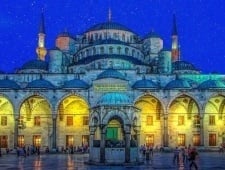Istanbul, Turkey’s largest city, is also the top-visited tourist destination. In 2014, it even beat the likes of Rome and Milan as the ideal city break. While its historical past is no doubt a big lure for many tourists, they are also keen to experience the vast range of activities, of which one is the city’s museums.
From history to art, you can see it all in Istanbul. Explore its military past or the lives of ordinary everyday people. Learn about the former rulers of this great city or the humble average person whose legacy is untold. Hundreds of museums are open every day to the public, so for people with limited time, we have listed the best museums to see in Istanbul.
Panorama 1453 Museum
The history of Istanbul is just as important as its current day crown as the biggest city in Turkey. In the former capital of both the Byzantine and Ottoman empires, people’s lives and events across the world were shaped by the decisions made here.
Perhaps one of the most notable developments, however, was the invasion of Constantinople in 1453, which the Panorama 1453 museum portrays in extreme detail. What makes this museum unique, however, is that the story is told in 3D, making visitors feel like they are living an important day in history for themselves.
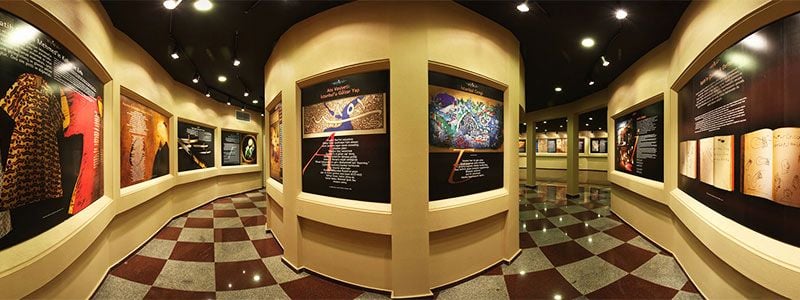
Istanbul Modern Art Museum
Sitting in the Karakoy district of Istanbul, founded in 2004, this 8000 m² museum, dedicated to collecting, preserving, and exhibiting art from around the world, includes photography and video exhibitions. The New York Times called it the “changing face of Turkey,” as a resemblance to its emergence as one of the world’s cultural cities.
The entrance ticket box sells audio guides and paid tours, otherwise; visitors are free to take their time as they explore the halls with various themes relating to art. The museum also monthly holds highlighted exhibitions displaying up-and-coming artists to support their work.
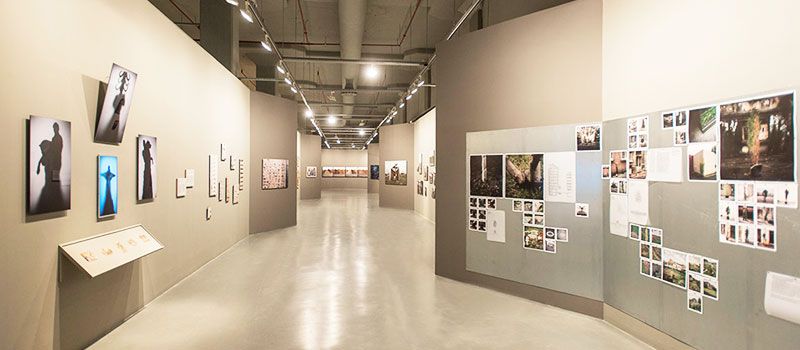
The Museum of Innocence by Orhan Pamuk
Anyone who loves Turkish literature will certainly be familiar with Orhan Pamuk, who is the country’s most famous male author. Regardless of whether you know his work or not, a walk around his Museum of Innocence, based on his best-selling novel of the same name, describes life in Istanbul from 1950 to 2000.
Everyday items belonging to two families of different social standing display the extraordinary cultural diversity that the city has always been home to. Guided tours for ten or more people or an audio walk round are available at the entrance. If the bygone days of Istanbul are an interest of yours and you are spending extended time in the city, you may also be interested in their volunteering program.
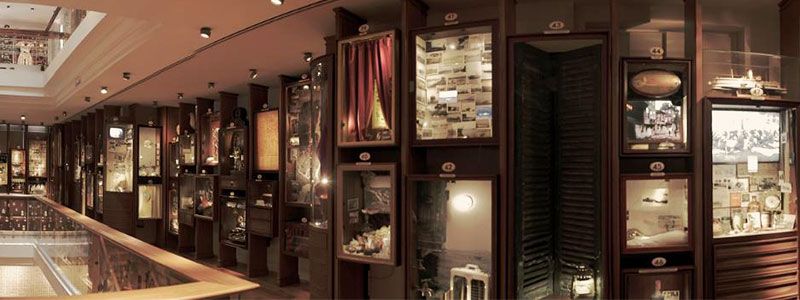
The Hagia Sophia Museum
Rather than displaying artifacts, the highlight of the Hagia Sophia museum is the building itself. As one of the most iconic landmarks on the globe, it started life as a church, and then the Ottomans converted it into a mosque, marvelous until the 1920s when it became a museum under the ruling party of the newly formed Turkish Republic.
These days, an impressive collection of Christian mosaics sit side by side with large Islamic calligraphy plagues, are reflecting a pleasant blend of two of the world’s most prominent religions. At one stage, the dome of the Hagia Sophia was the largest in the world, so that should give a faint idea as to the gigantic size of this significant landmark.
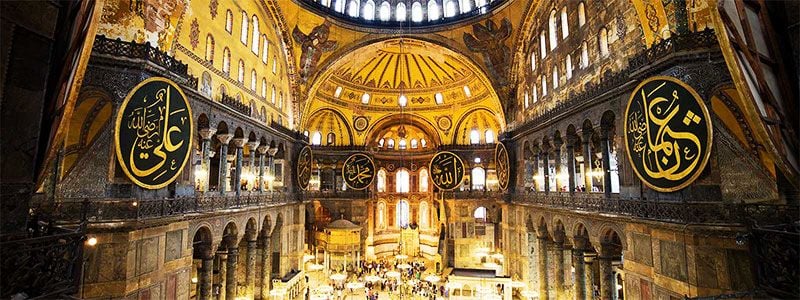
Topkapi Palace: Home of the Ottoman Sultans
A short distance from Hagia Sophia, the Topkapi Palace marvelous relics from the Ottoman dynasty. At least a full morning should be given to exploring the various sections that once housed some of history’s most prolific Ottoman rulers. Visiting their first home in Constantinople from which they ruled their lands spanning over many countries, tour the main palace, Hagia Irene church, sacred relic’s room, and the most talked room, the harem.
Here the sultan’s concubines and wives were housed and educated in the manner befitting Ottoman culture. Collections include Chinese, Japanese, and European porcelain, arms and weapons, the imperial treasury, the sultan’s portraits, and caftans and the circumcision room.
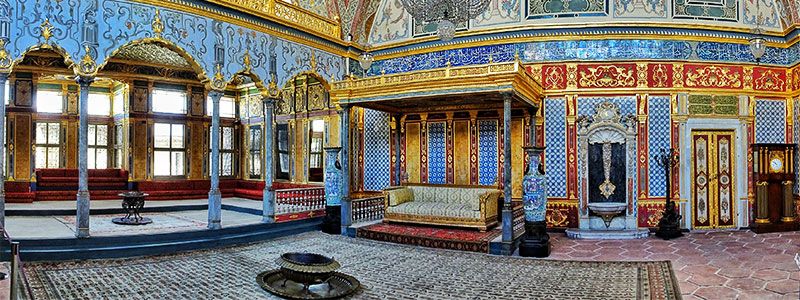
Turkish and Islamic Art Museum
After seeing the Topkapi Palace, stay in the Sultanahmet district to visit the Turkish and Islamic Art Museum. Displaying arts, kilims, and carpets from throughout time, it also has an interesting ethnographic section, presenting life for nomadic Turks throughout the eras. Most notably, some of the exhibited rugs are real gems, not only because of their age but also because of their tribal background and motifs representing beliefs, culture, and tradition.
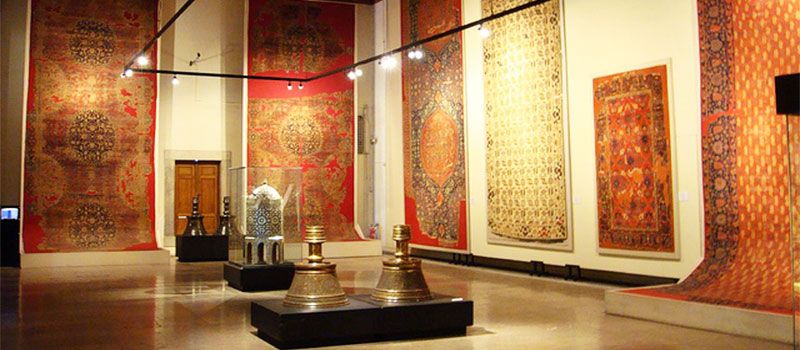
Istanbul Archaeology Museum
Possibly, the most famous museum to see in Istanbul are the Archaeology trio sitting near Topkapi Palace. Consisting of three sections, the Tiled Kiosk, Ancient Oriental, and Central Archaeological Museum, some of the world’s most priceless artifacts sit within their walls.
Matching the prestigious status of the British Museum in London, prize gems on view include the Gezer calendar that is one of the oldest relics of Hebrew writing, and the Palmyra tomb chamber, dating from the 1st century. Every month, the curators hold various exhibitions highlighting artifacts and relics from around the world and history lovers will be delighted with the displays.
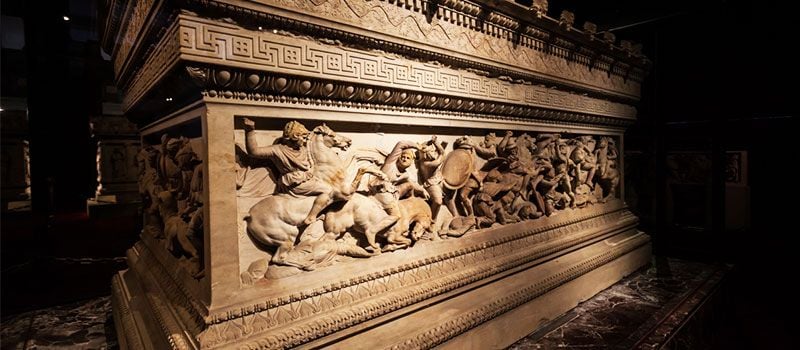
Dolmabahce Palace and Museum
If the Topkapi palace sparks your interest, it is worthwhile crossing over the Golden Horn to the Dolmabahce Palace and Museum. As the last home of the ruling Ottoman dynasty, the architecture is completely different from that of the Topkapi. Comprising more western and Baroque styles, the two connected sections of the Selanik and harem are open to the public via official tours. The museum that is also the death place of the founder of modern-day Turkey, Mustafa Kemal Ataturk holds important pieces of artwork, and furniture as well as one of the world’s largest chandeliers.
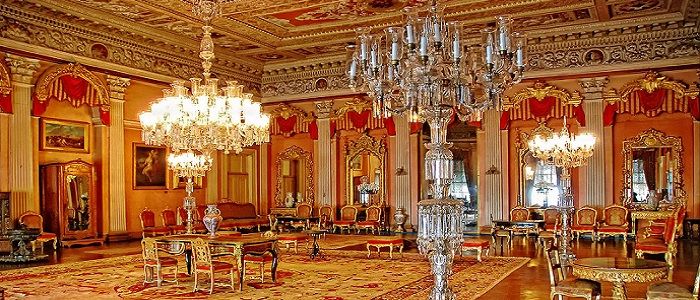
Istanbul Military Museum
Based on the former Ottoman military academy, this museum highlights the military life of Turkey throughout the ages. Naturally, because of its empire spanning over seven centuries, heavy emphasis is given to the Ottoman period with a band display in the afternoon or military machines and planes of later days within the garden grounds. Walking around the displays is a great insight into Ottoman life on the battlefield, including the honor, the glory, and the devastation.
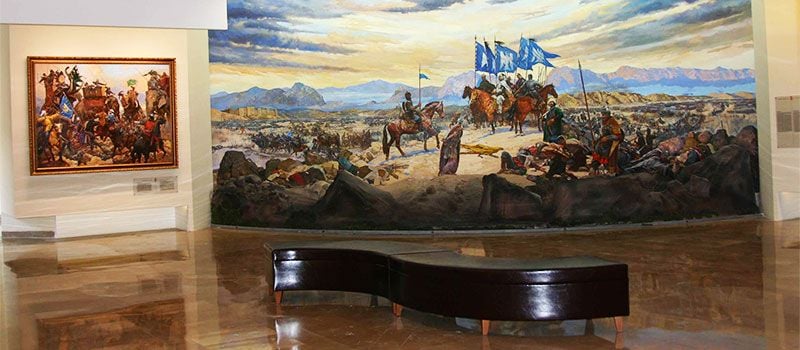
Further Reading: Read about the most popular area of Istanbul to visit called Sultanahmet. Including information on all the major landmarks to see, it is particularly useful for first-time visitors to the city.



